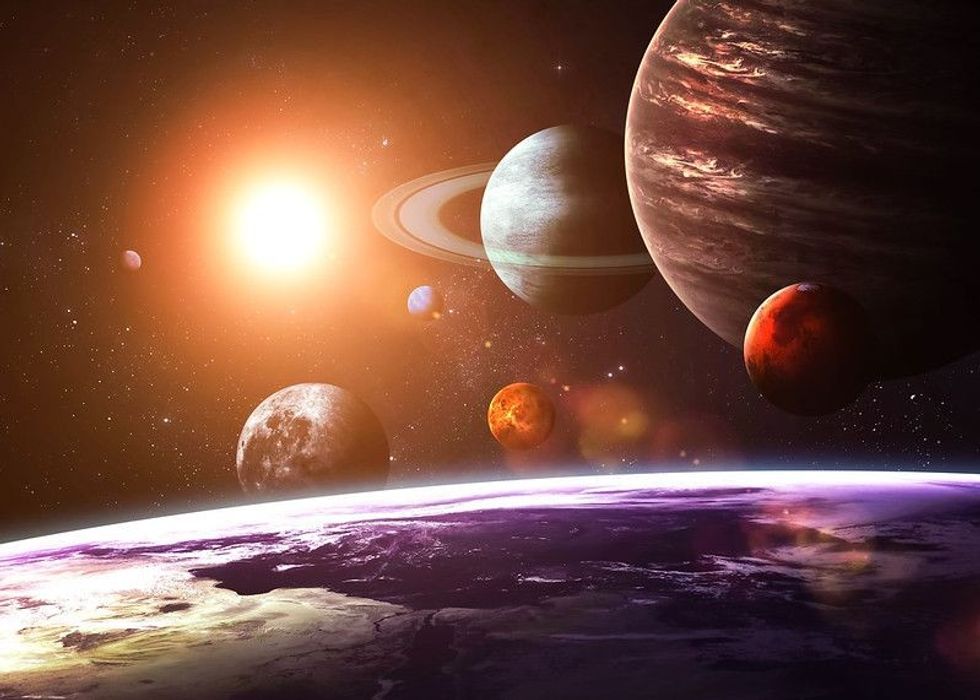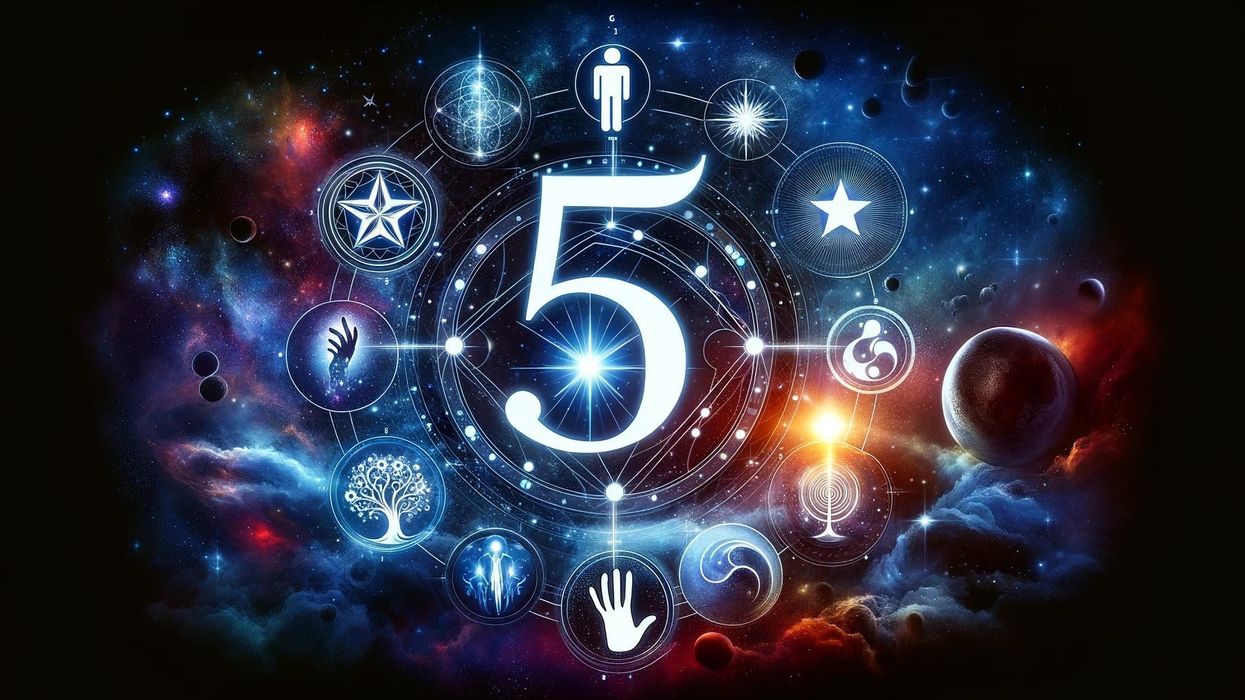Our home, the solar system, is studded with a beautiful star, the Sun, and eight diverse planets that orbit around it.
Third among the planets, the Earth is the only known habitable planet in the solar system. Life on Earth has been possible because it is placed at a distance just right from the Sun.
Other planets in the solar system each have a unique characteristic that defines them. Mercury, the planet in the closest proximity to the Sun, is the smallest planet in the solar system.
Venus, the brightest visible planet from Earth, is the hottest planet in the solar system. Mars, the fourth planet, is the second most habitable planet for humans owing to its somewhat Earth-like environment.
Jupiter is the biggest planet in our solar system. Saturn has beautiful icy rings around it, and it is also the planet with the most natural satellites.
Uranus is unique in the way it rotates at a 90° angle from its orbital plane. Neptune is the farthest of the planets from the Sun and is a bright, vivid blue.
If you find this article informative and fun, also read: how many edges does a cube have and how many nerves are in the human body by Kidadl.
How many planet Earths can fit in the Sun?
The volume of the Sun is approximately 338 x 1015 cu mi (1.40 x 1018 cu km), and the volume of Earth is 260 x 109 cu mi (1.08 x 1012 cu km) roughly.
If we do the math, a total of 1.3 million Earths can fit inside the Sun. This count is accurate only if we assume these Earths are squished together and leave no space. If we fit perfectly spherical Earths inside the Sun, only 960,000 would be enough to fill the space.
The Sun isn't only giant; it is very, very heavy too. The Sun's mass weighs 330,000 times that of the Earth's. The Sun's mass is 1,000 times that of even the largest planet in the solar system, Jupiter.
This shows how truly giant our Sun is. It is even more amazing to know that so many stars in the universe are much larger than our Sun. The biggest star to date, UY Scuti, has a volume that is 5 billion times the volume of the Sun, which means 650 x 1013 Earths could fit inside it.
The size of a star changes during its evolutionary process. Most stars become a red giant mass when they exhaust their hydrogen supply and grow massively towards the end of their existence.
These red giants are as large as 100 to 1,000 times the size of our Sun. That means a total of 130 million to 1.3 billion Earths could fit inside a red giant. This proves that our vast universe is more spectacular than we can ever comprehend.
How many Earths can fit in the distance from the Earth to the Sun?
The biggest member of the solar system family, our star, the Sun, looks like the size of a big grapefruit to us because of the massive space between our home planet and its parent star.
This distance equates to about 93 million mi (149 million km). In contrast, our beloved Earth stretches across only 7,917 mi (12,742 km) in diameter. This means about 11,745 Earths can fit in the distance between the giant gas ball and our blue planet.
On the other hand, only 107 Suns will be enough to fill this. It just shows how genuinely giant our Sun is.
What's even more fascinating is that stars much bigger than our Sun exist in our galaxy, and galaxies much bigger than ours are aplenty in our universe.
How many Earths can fit in the diameter of the Sun?

The Sun's diameter stretches to a whopping 865,370 mi (1,392,678 km), and its radius is 432,685 mi (696,339 km).
So, if Earth-sized planets each with a diameter around 7,900 mi (12,714 km) and a radius around 3,950 mi (6357 km), are placed one next to the other along the Sun's diameter, 109 planets like our home planet can fit in the Sun's diameter.
The biggest of planets, Jupiter, whose radius is 43,440 mi (69,910 km), can fill the Sun's diameter if just 10 of them are placed side by side. On the other hand, Mercury, the smallest planet with a radius of 1,516 mi (2,440 km), can fit nearly 570 of itself along the Sun's diameter.
How many of Earth's Moons can fit in the Sun?
The beautiful, white, celestial object filled with craters that keeps waning and filling, decorating our night skies, is the Earth's natural satellite, the Moon.
In terms of volume, the Moon, measuring up to 5.2 billion cu mi (8.4 billion cu km), only equals one-fiftieth of the Earth's volume. This means the number of Moons required to fill the Sun is 50 times more than the number of Earths required. So, a total of 65 million Moons can fit inside the Sun.
Since our parent star, the Sun, is the largest object in the solar system, all other planets and satellites can fill it up in various numbers. It takes seven million of our neighboring planet, Mars, to fill the Sun, whereas only 1,000 of the largest planet, Jupiter, is sufficient to fill up the Sun.
However, the smallest of planets, Mercury, needs 23.2 million of itself to fill the Sun.
Here at Kidadl, we have carefully created lots of interesting family-friendly facts for everyone to enjoy! If you liked our suggestions for 'how many Earths can fit in the Sun? Curious universe facts for kids!' then why not take a look at how do you know when mushrooms are bad or how does a rooster fertilize an egg?









